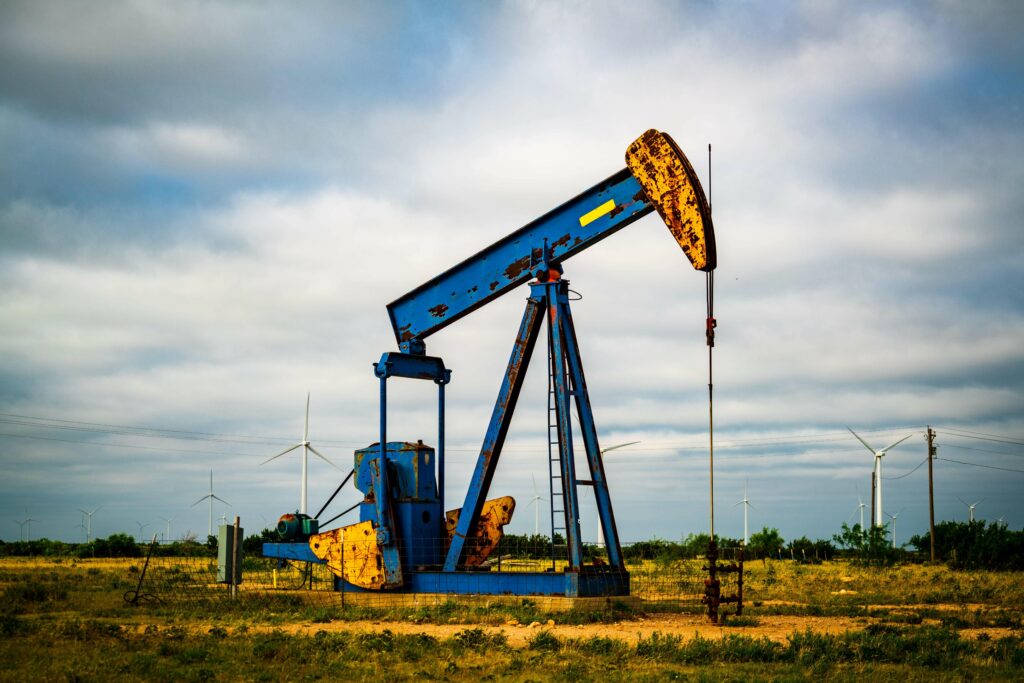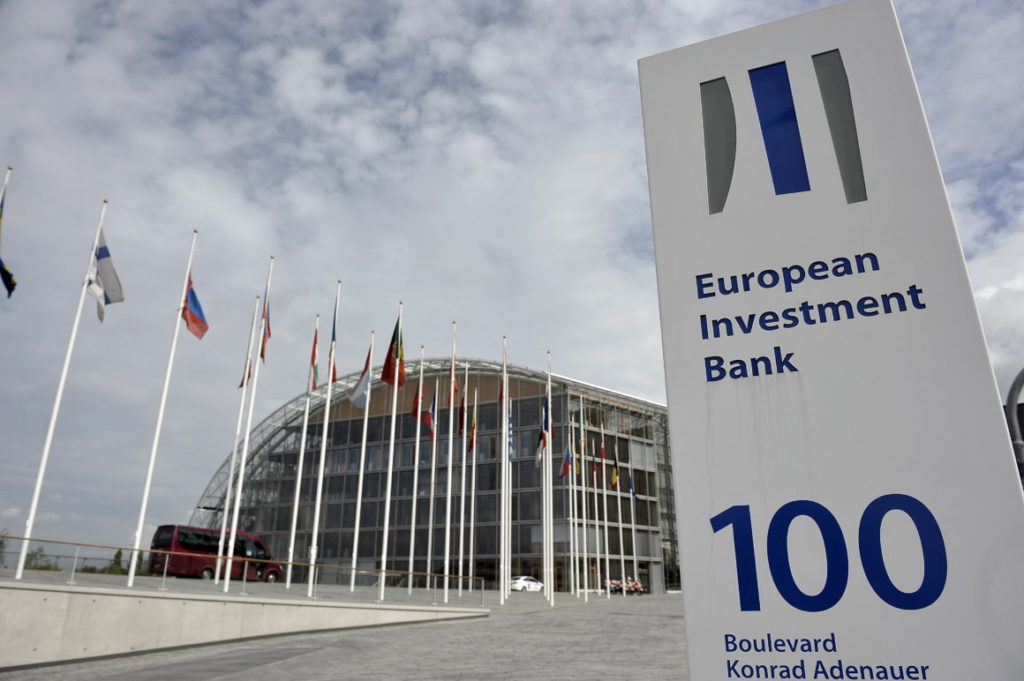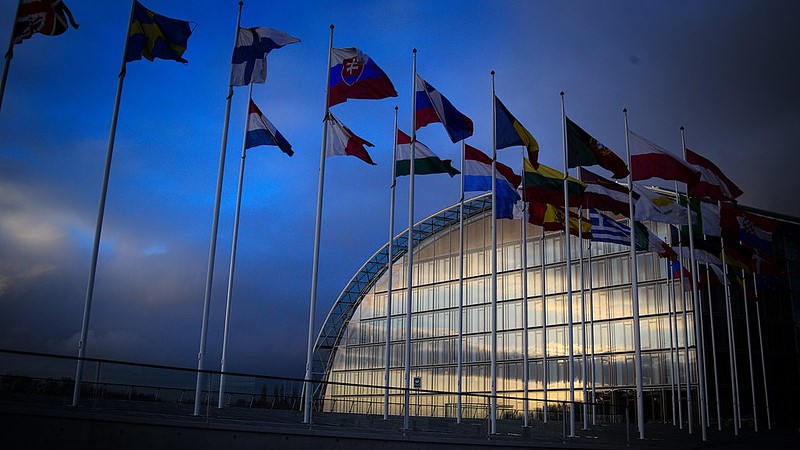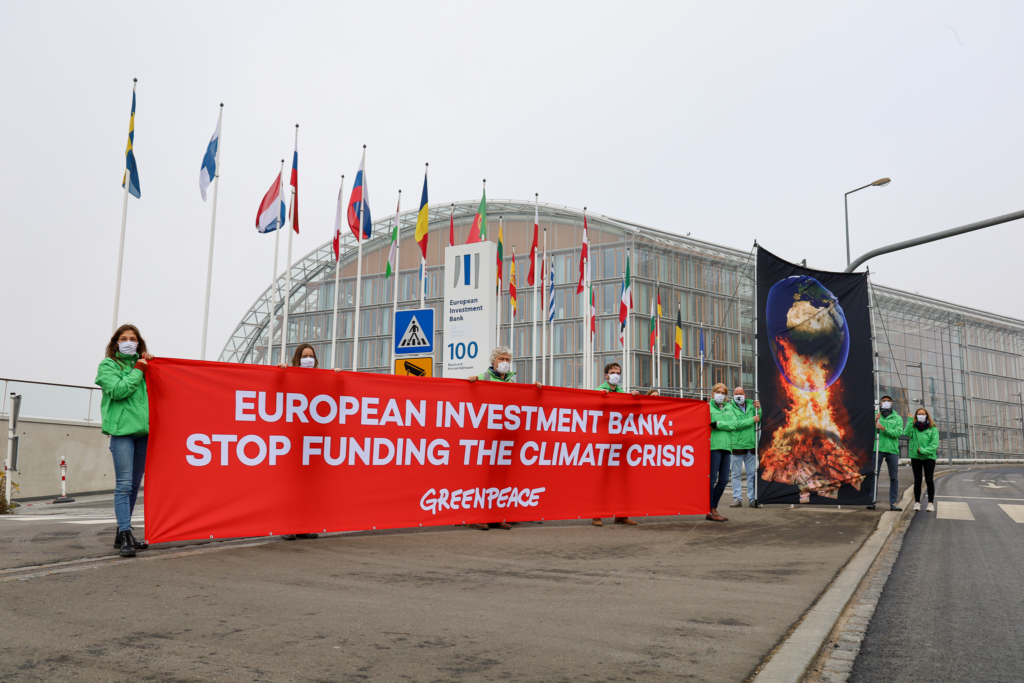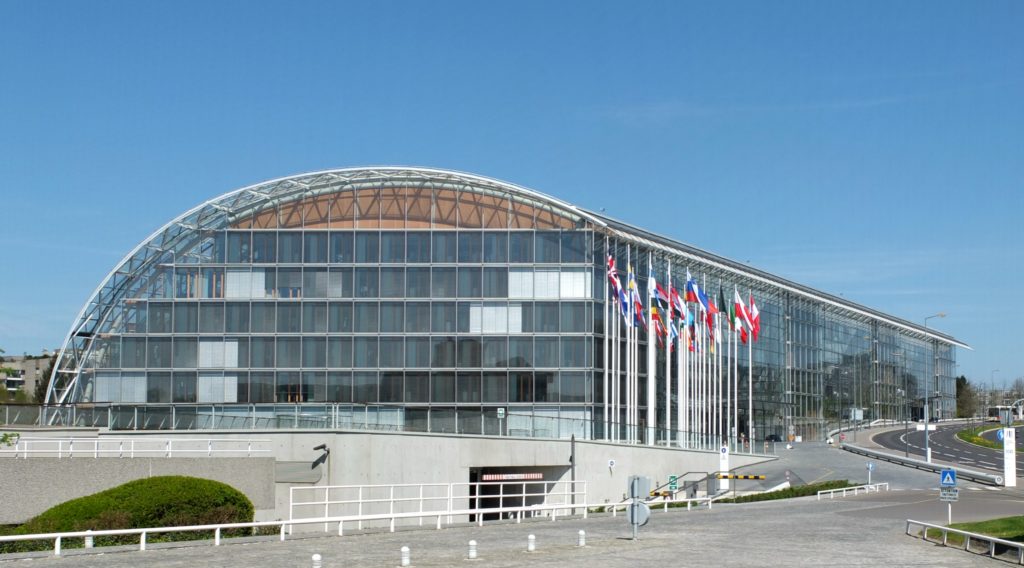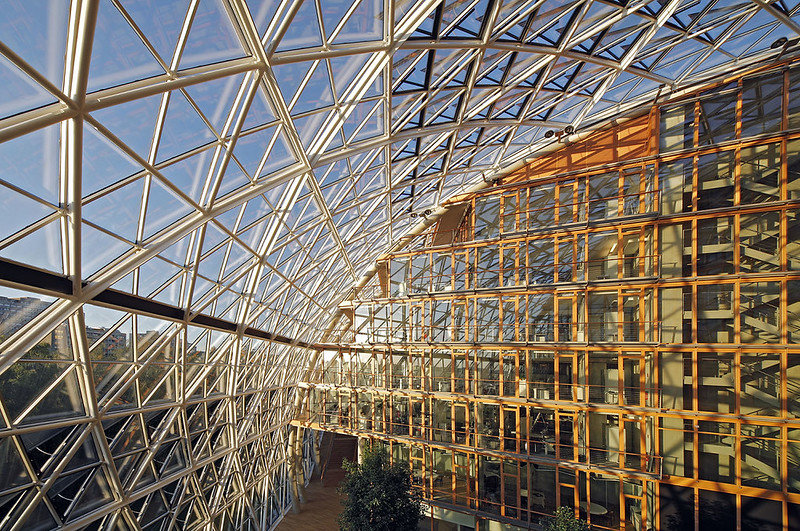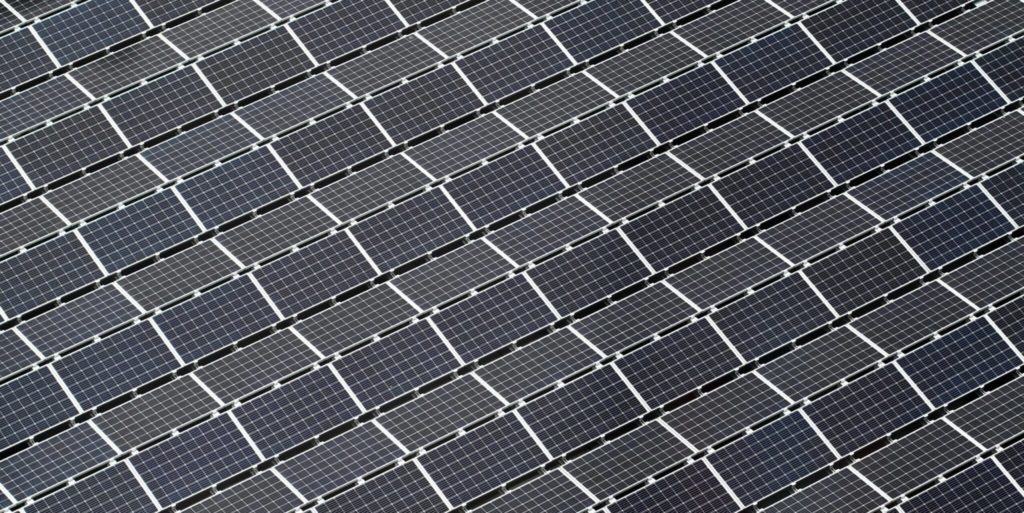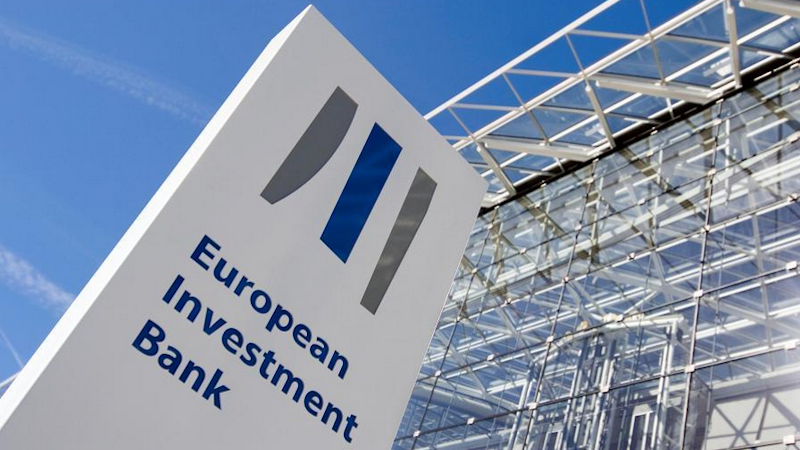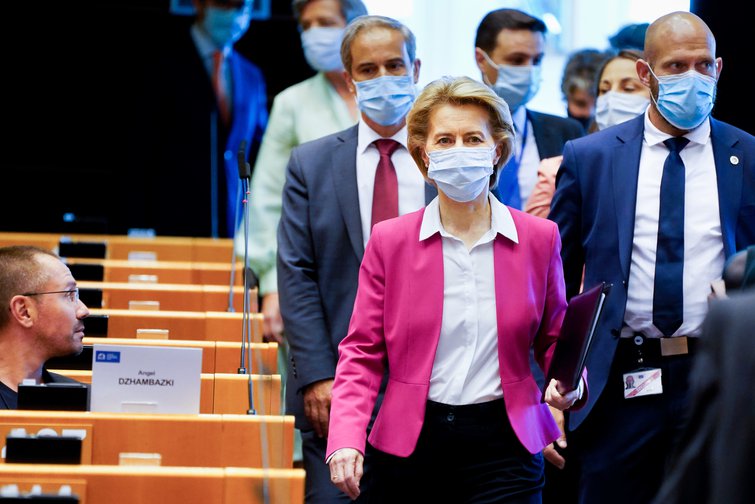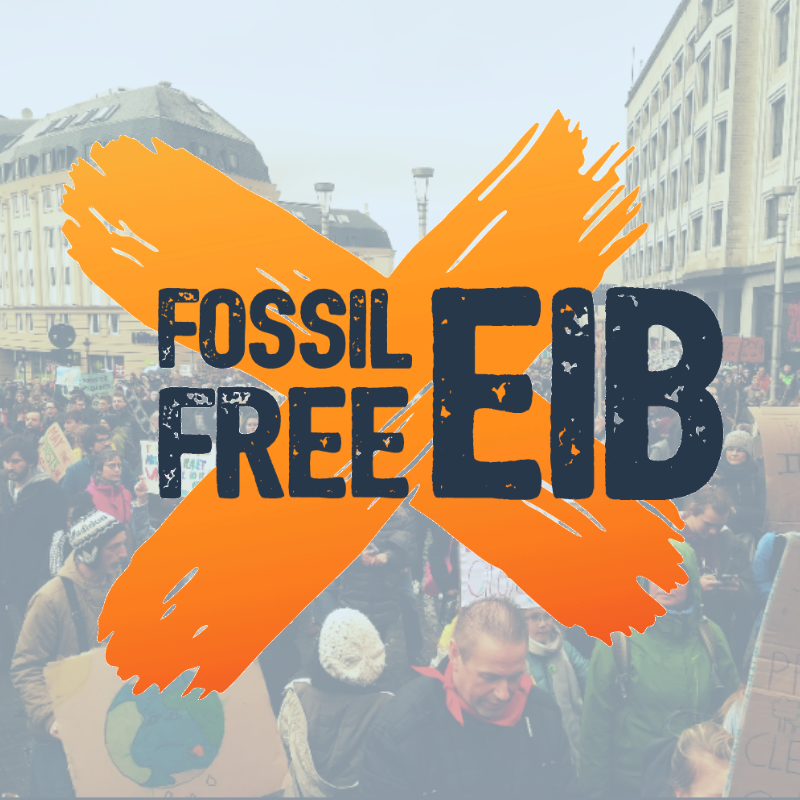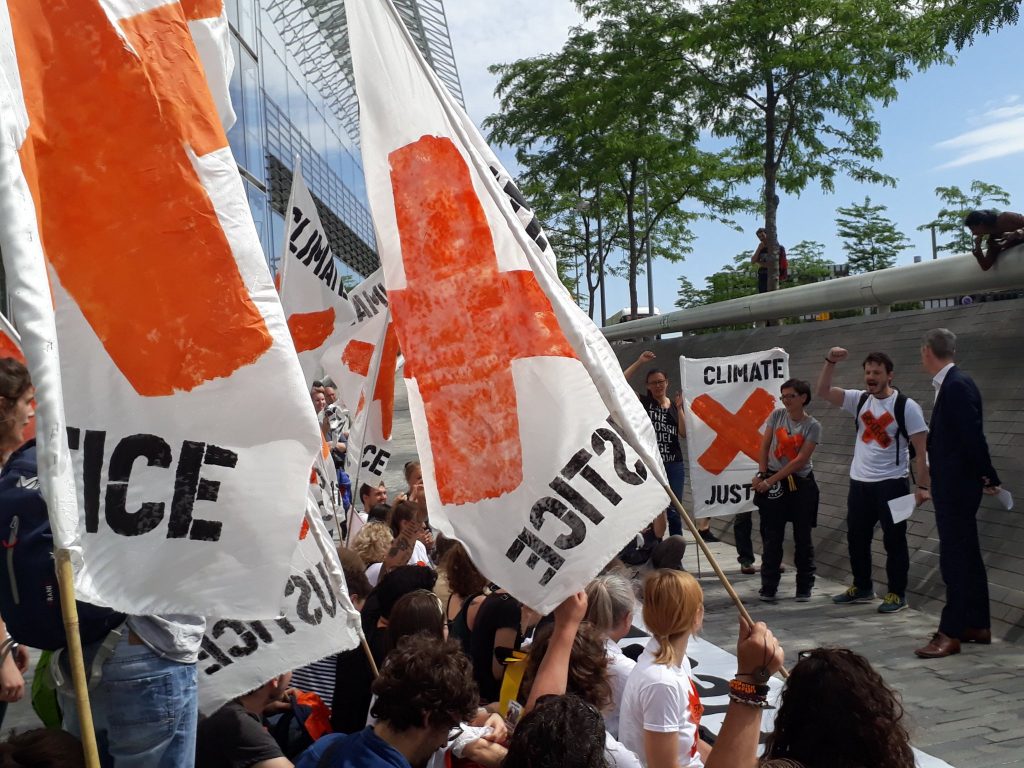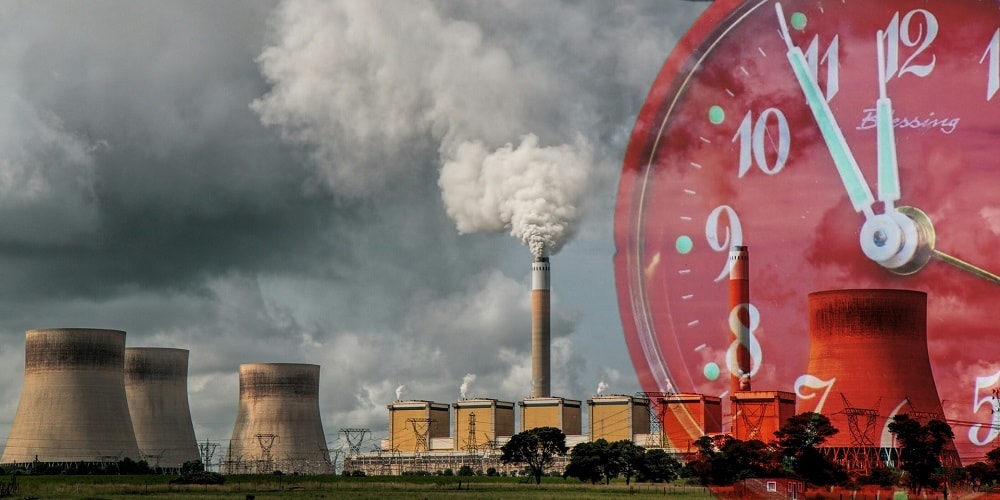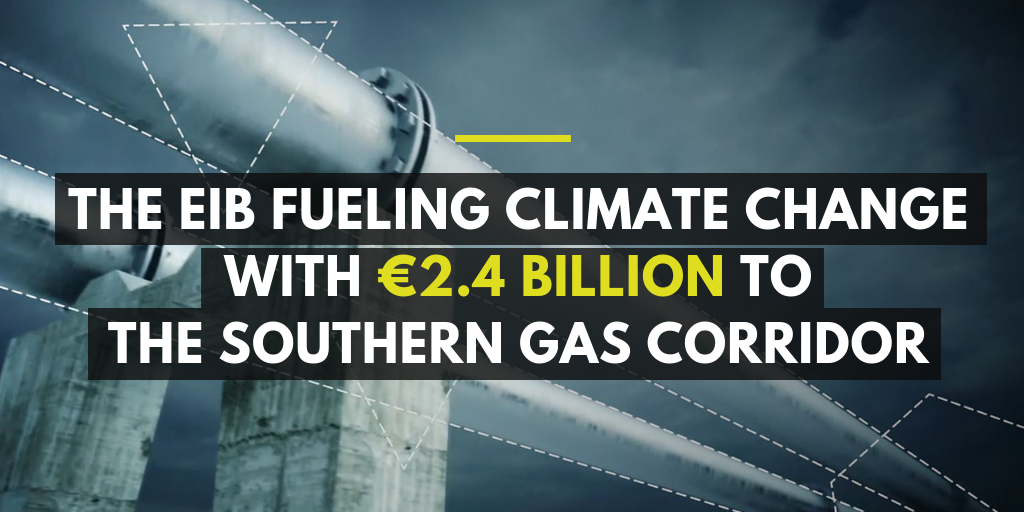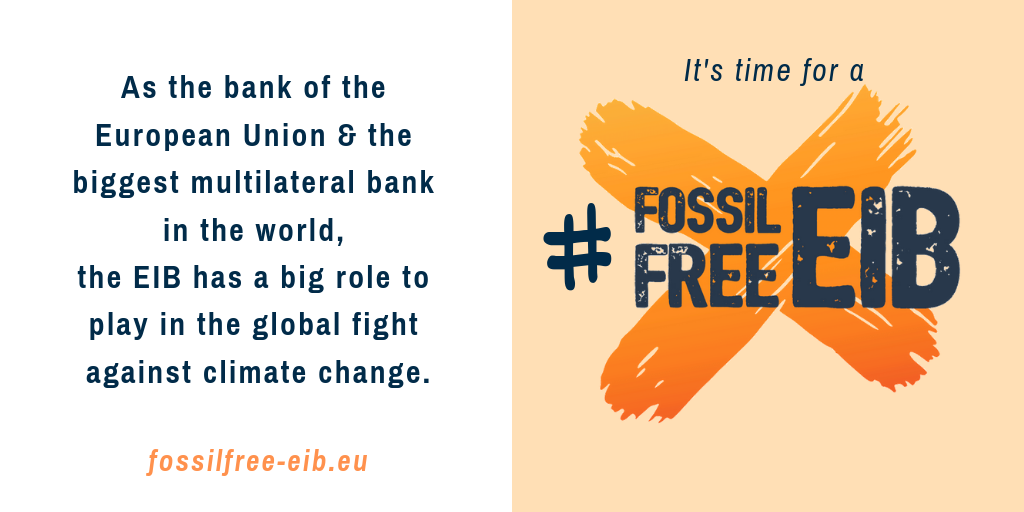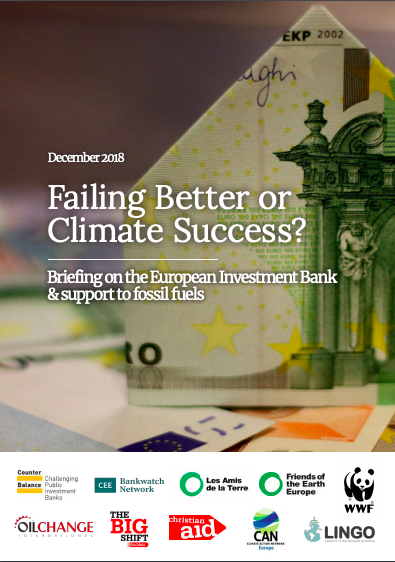Between 2016 and 2019, the bank provided € 4 billion in loans for the expansion of airports, € 10.65 billion for roads, highways and motorways and € 2.83 billion for the maritime sector.
Despite having ruled out direct investment for coal in 2013, the bank has since then provided € 4.7 billion to companies with a high share of coal in their portfolio.
Despite its fossil fuels ban, the EIB can still finance gas projects by the end of 2021
The EIB is the world’s largest multilateral lender, bigger than the World Bank
Based on the most recent UN Emissions Gap report, countries would need to reduce emissions by 7.6% a year (for the EU this would equal to emission reductions of more than 65% by 2030) to meet the 1.5°C target.
In the last five years, the EIB lent more than € 49 billion to the energy sector.
Based on the most recent UN Emissions Gap report, countries would need to reduce emissions by 7.6% a year (for the EU this would equal to emission reductions of more than 65% by 2030) to meet the 1.5°C target.
The latest report by the IPCC claims that if we don’t manage to contain global warming to 1.5°C, the consequences for our planet and our ecosystems will be disastrous.
The IEA says that to keep global warming below 1.5°C, there is now "no room to build anything that emits CO2 emissions”
Gas contributes significantly to climate change. Not only does it emit CO2 when it’s burned, but it also inevitably leaks in the form of methane - a dangerous greenhouse gas which is 34 to 86 times more potent than CO2






